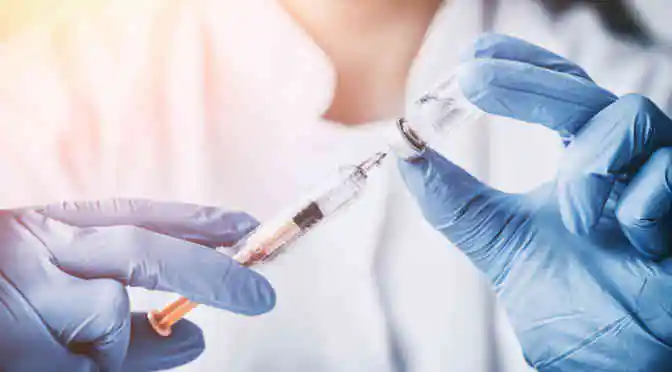From birth to the early infant years, almost all parents are familiar with the fact that their young child is required to get the most vaccination shots in the shortest period of time, mainly to reduce infectious and deadly diseases. However, most of the parents today, refuse to vaccinate their child, either due to the scientifically unsubstantiated fear of the child developing autism or the pain that the child must suffer every time the vaccine is injected.
Ironically, it is not the parent’s “personal” choice to vaccinate their kids or not. Those choosing not to vaccinate are often stereotyped and chastised for putting their own babies at risk. Scientifically, it is of the utmost importance to get the children vaccinated, and not just once, but many times in accordance with the requirements posted in the family’s immunization schedule. What if, there was just one vaccine shot that the child had to take? One, and done!
MIT to the rescue: Multiple vaccine shots in just one injection
Well, thanks to a much sought-after technology as developed at the Massachusetts Institute of Technology (MIT), researchers are now combining all essential vaccines for children into one single shot. Further, this groundbreaking child vaccination technology was created using 3D printing– delivering multiple drug doses with a single injection.
These new vaccine will initially be encased in minuscule capsules that resemble tiny coffee cups, as described in the MIT News. These cups are developed using 3D fabrication method, and particles are made of biodegradable, and FDA approved polymers. These cups can be filled with doses of multiple drugs or vaccines and wrapped with a lid, then injected into a patient.
Later, these cups biodegrade at predetermined rates, releasing the drugs into the patient’s system in line with a specific schedule. This innovative invention will result in a dramatic decrease in the number of times a kid ends up being vaccinated, while still getting all the designated shots. Further, vaccines will be precisely administered at the recommended time, without the child being subjected to the trauma of getting a painful injection.
The particles were successfully tested on mice, and the researchers found that they free their contents at 9, 20 and 41 days after injection. None of these particles leaked before the scheduled time of release.
“We are very excited about this work. For the first time, we can create a library of tiny, encased vaccine particles, each programmed to release at a precise, predictable time, so that people could potentially receive a single injection that, in effect, would have multiple boosters already built into it,” said MIT Professor Robert Langer, who led this study. Read the exhaustive news article at MIT’s official news site, here.
Stay knowledgeable of the latest changes in the human combination vaccine industry as well as the in-depth insights on the lucrative areas of this technology driven market. Free sample market research report can be downloaded herein.



